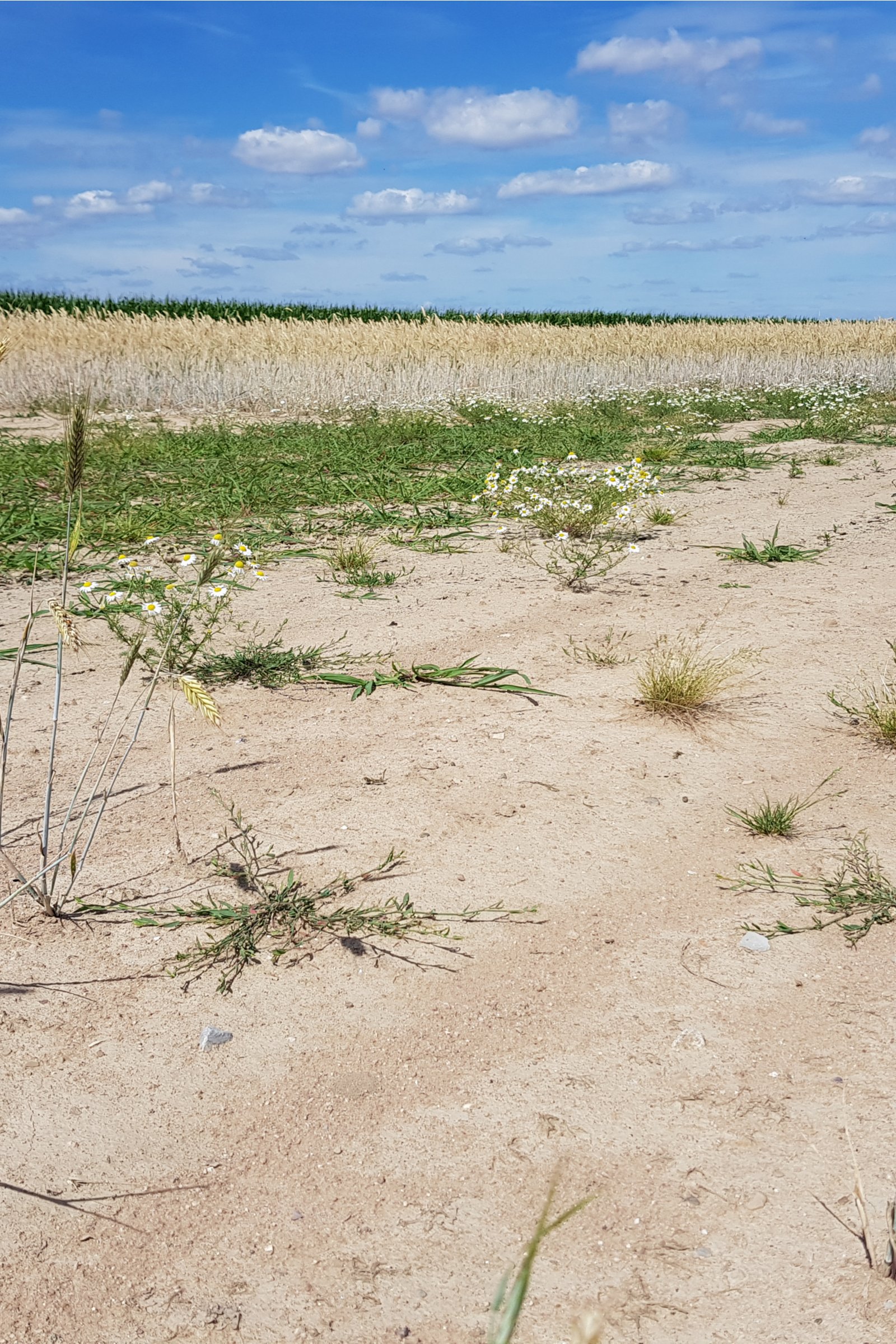
Drought, pollution and the Euphrates
Measuring agricultural water stress in northeast Syria
August 2021
Introduction
Syria’s agricultural sector has been severely affected by regular periods of drought. These severe and sequential periods of low rainfall have caused low yields, crop failure and a reduction in national food security. Attempts to measure the impacts of these droughts on agricultural production have been limited, with the development quantitative methodology lacking. In this paper, the impact of drought in various agriculture-producing areas of northeast Syria is estimated using changes in vegetation water content (May 2020 to May 2021), a proxy for the extent and vigor of agricultural production. Data from satellite imagery has been collected and aggregated according to several geographic boundaries; specifically, agricultural land use zones in the Jazira region, land surrounding canals in Raqqa governorate, northeast Syrian subdistricts and districts in south-eastern Turkey, and populated areas in northeast Syria.
Low levels of rainfall has also led to lower levels of water in the Euphrates river. Findings show that not only does this compromise agricultural production, the lower water level of the Euphrates has also lessened electricity generation: HAT has previously found that the nightlight reflectance (a proxy for economic activity) of the typical community under the control of the Autonomous Administration of northeast Syria decreased by an average of 23% from May 2020 to May 2021.
The largest decline in vegetation water content occurred in Al-Hasakeh governorate and areas of dry farming (cultivation of land without irrigation) throughout northeast Syria. Conversely, vegetation water content slightly increased in areas where irrigation farming is the primary type of agricultural land use; specifically, by 7% in Raqqa governorate and by 4% in Deir-ez-Zor governorate. These irrigation farming areas are located near the Euphrates; therefore, lower water levels in the Euphrates river did not significantly hinder many irrigation farmers from extracting the existing river or canal water for irrigation. The subdistrict-level analysis revealed large declines in vegetation water content in practically all bordering Turkish districts, particularly those just north of Qamishli district in Syria, highlighting the wide geographic area negatively affected by the drought.
Poor water quality is another factor affecting farming in the northeast. Spatial clusters of negative vegetation water content along downstream irrigation canals in central and northern Raqqa subdistrict suggests a greater concentration of saline agriculture drainage and polluted water from the Bailk river basin, as inflows from the Euphrates river decreased due to lower water levels. This trend was also observed among agrarian communities located in the Balikh basin, further indication that poor water quality has negatively impacted agricultural production in the region.
The analysis of WASH and livelihood indicators in agrarian communities showed that the decline of vegetation water content in agrarian communities that rely on a borehole as their main domestic water source 49 percentage points greater than in agrarian communities with another primary water source. Further, the decline of vegetation water content was 54 percentage points greater in agrarian communities that reported access to credit as a priority livelihood need than communities that did not report that livelihood need. The decline of vegetation water content was 53 percentage points greater in agrarian communities that reported purchasing water using credit, informal exchange, or using money typically used on other things than in agrarian communities that did not report purchasing water using those means.
The price of fodder increased due to fewer grazing areas and higher barley prices, which has had a negative impact on the livelihood of shepherds through the uneconomical sell-off of underweight livestock. Less agricultural production has lowered demand for agriculture labor, reducing the working hours and wages of agriculture workers in the region.
The already-tenuous profit margins of farms have been further tightened by higher diesel and fertilizer prices, according to KI interviews with farmers in the region. The farmers cited assistance buying diesel, borehole drilling, and canal repairs as the best ways to support the water security of their farms. Therefore, the humanitarian community can immediately support farmers through diesel delivery or subsidies, and should prioritize canal repair and the adoption of electric water pumping systems as medium-term solutions, and sustainable irrigation (for example, drip irrigation) methods as a long-term method to combat water insecurity in the region.

